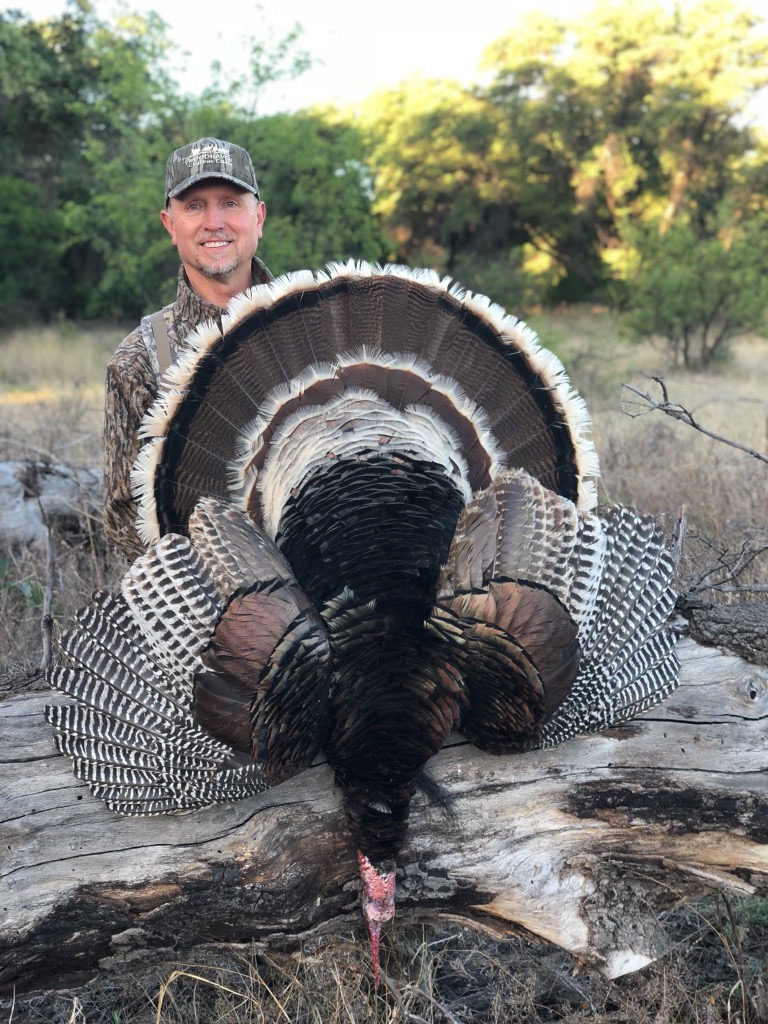Purring with a Diaphragm: A Study in Techniques
If you struggle to purr on a mouth call, you’re not alone. Here’s how two of today’s top callers tackle this tough vocalization.

Mouth calls can be tricky to master, and many folks who’ve huffed on a diaphragm agree that producing realistic purring might be the toughest trick of all.
That’s the bad news. The good news? Top callers agree that you can use several techniques to purr on a mouth call. The key is finding one that works for you.
Mitchell Johnston, 2010 Grand Nationals Calling Championships Senior Division champion and owner of Dead End Game Calls, takes a classic approach when purring on a diaphragm.
“If you can already use a mouth call and can gargle, you typically can purr,” he said. “Try gargling without the call in first, just like you would gargle mouthwash. When gargling with mouthwash, you may tilt your head back and open your mouth. That’s not what you want to do with a turkey call. Use the same concept with the back of your tongue as you do to gargle to purr, but close your mouth more to help build back-pressure. If you watch me purr, air pressure builds up in my mouth beginning in the back of my throat all the way to the front of my lips. As this air pressure builds, my lips and cheeks begin to expand outward slightly, and I slowly let the air out while gargling. This helps me to control the speed on my purr and makes it sound more realistic, just like a turkey would sound when purring.”
Billy Yargus, three-time GNCC Senior champion and WoodHaven Custom Calls pro-staffer, uses a couple of techniques to purr.
“It depends on what call I’m using,” he said. “With a cutter call, I use the back of my throat and gargle with my uvula [the fleshy extension that hangs down from your soft palate]. You have to control your air and tongue pressure to be able to get the tone you want to get that purr to come out. But when I called in competitions all the time, I used a v-cut or a bat-wing call and fluttered my tongue. Both methods sound like a turkey. To me, it was a little easier to control the fluttering of the tongue rather than the back of the throat.”
Yargus and Johnston agreed that finding the right mouth call is critical for purring. When purring by gargling with his throat, Yargus favors a three-reed cutter. Johnston goes with the Dead End Batwing 2, a two-reed bat-wing call with a lighter stretch designed specifically for soft talk.
“Make sure you have a mouth call that’s the right size, also,” Johnston said. “We have two size options in the Dead End lineup. There’s a regular-size frame, which most people use. The other, which is often overlooked by most adults, is our Roadkill Mini-Me Series, which uses a smaller frame and has smaller tape on it. This series of calls is generally used by younger kids or women, because they typically have smaller palates, but they are also used by men who have a smaller palate.”

Not surprisingly, Johnston and Yargus also mentioned a critical step to perfecting purring: lots of repetition.
“I had to practice it every day, right along with everything else,” Yargus said. “It seemed to come easier for me than it did for other people, but to learn to purr with my throat, I had to practice a lot. Practice is the main key to any calling.”